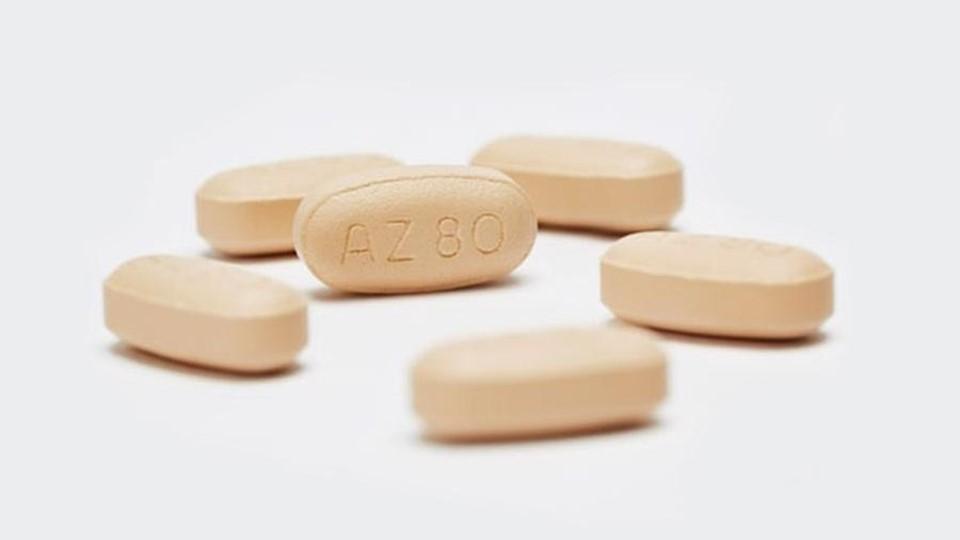Survival data back Tagrisso's role in first-line lung cancer

AstraZeneca has bolstered the standing of Tagrisso as a first-line treatment for locally advanced or metastatic EGFR-mutated non-small cell lung cancer (NSCLC) with new long-term overall survival (OS) data from the FLAURA2 study.
Tagrisso (osimertinib) has been approved as a first-line monotherapy for this type of cancer in 2018, and had its label extended in early 2024 to include combination treatment with pemetrexed and platinum-based chemotherapy on the back of progression-free survival (PFS) results from FLAURA2.
The final OS analysis from the study shows a statistically significant improvement compared to Tagrisso monotherapy, improving on a trend towards longer survival at an interim readout last year and, according to AZ, "reinforce[s] Tagrisso as the backbone therapy" in EGFR-mutated lung cancer.
The data comes as Tagrisso's position as the market leader in the EGFR inhibitor category is under threat, with newer therapies like the combination of Johnson & Johnson's Rybrevant (amivantamab) and Lazcluze (lazertinib) challenging its position.
J&J's dual regimen has already shown an improvement in OS compared to Tagrisso monotherapy in the head-to-head MARIPOSA study, and the FLAURA2 data is viewed as being central to the company's strategy to defend its franchise. Tagrisso is the company's second biggest-selling product, bringing in nearly $6.6 billion last year.
Rybrevant/Lazcluze showed a significant improvement in OS in January, and AZ has now levelled the playing field for Tagrisso plus chemo, although, the finalised median OS figures will have to wait until they are presented at a future medical congress.
"These positive results support osimertinib, either as monotherapy or in combination with chemotherapy, as standard of care for patients with first-line advanced EGFR-mutated lung cancer and reinforce the meaningful benefit of the combination in the current clinical setting," said FLAURA2 principal investigator Pasi Jänne, of the Dana-Farber Cancer Institute.
"The observed survival benefit is particularly impressive, given that FLAURA2 did not impose any restrictions on the choice of subsequent treatment after disease progression," he added.
J&J only started breaking out Rybrevant/Lazcluze sales this year, and said earlier this month the drug made $320 million in the first six months and $179 million in the second quarter, suggesting it is making headway in the market. Its uptake has been helped by a new subcutaneous formulation that has reduced administration time from hours to minutes.
Earlier this year, J&J's head of R&D, John Reed, said the objective is to make the dual regimen the new standard of care for these patients by "resetting the standard five-year survival expectations in a never-before-seen way."














